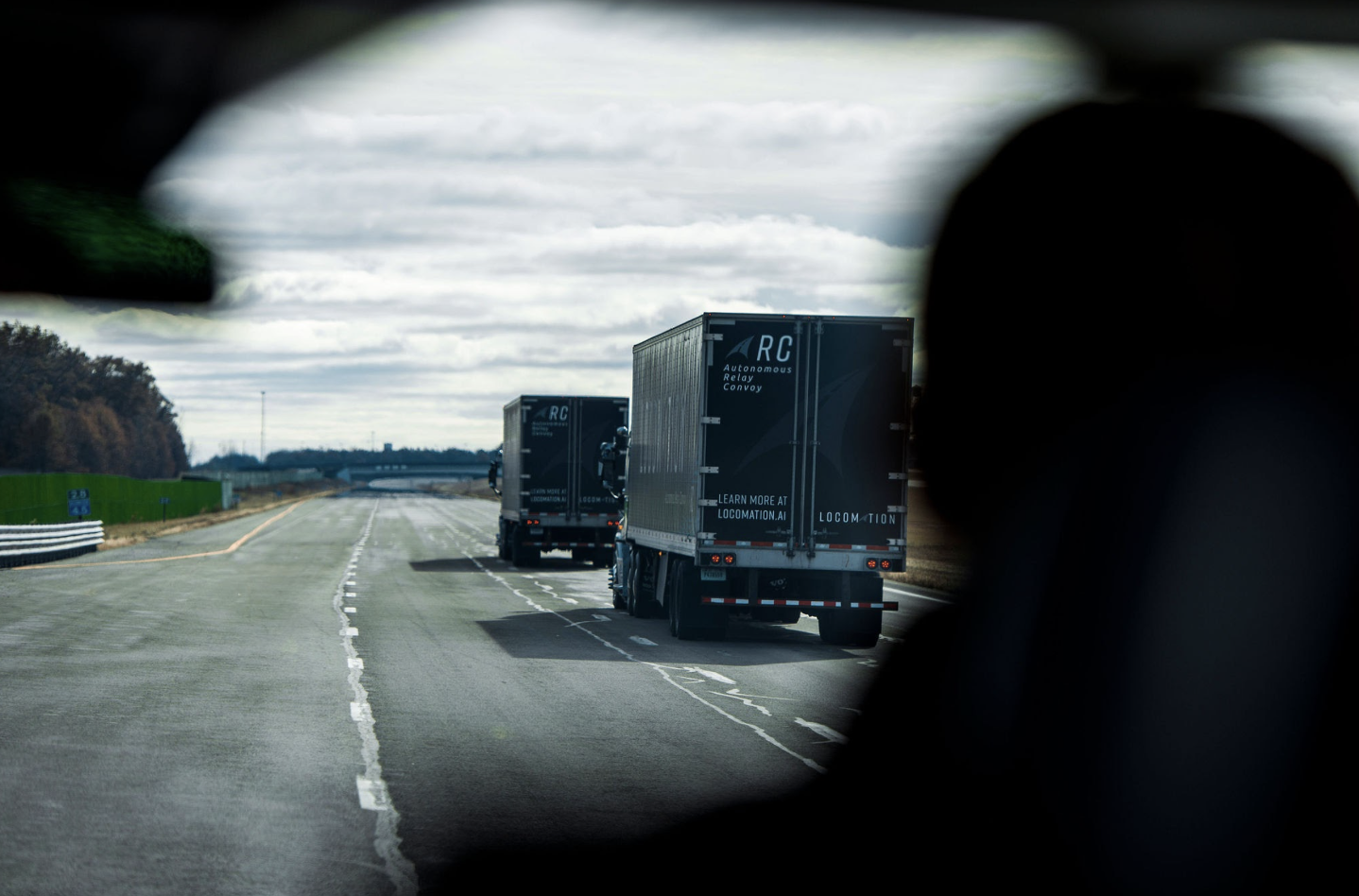The US Department of Transportation (USDOT) has long advocated for the benefits autonomous vehicles can bring to the nation’s transportation system, namely safety, improved efficiency and their economic impact. There have been four major guidance updates that have solidified the basis for safe automated vehicle (AV) operations, clarified the roles of the local, State and Federal government (including the 38 Federal agencies involved), and outlined the expectations for innovators as they develop, test and deploy their products. In recent years, we have seen:
- The first ever framework for the safe operations of an AV, instead of the standard focus on the vehicle equipment
- The first ever exemption allowing up to 5,000 driverless delivery vehicles to be deployed
- The first ever final rulemaking for automated vehicles, which allows delivery vehicles to be developed without seatbelts, airbags and other features in vehicles that will never have a human inside.
Over the years, Congress has made several attempts to enact autonomous vehicle legislation. In 2017, the House of Representatives passed the SELF-DRIVE Act, but it never reached the Senate floor for a vote. The measure was reintroduced in 2019, but went nowhere. The Senate’s AV START Act, also introduced in 2017, was passed by the Senate Commerce Committee, but was never considered by the full Senate. We are seeing renewed pushes for legislation in this Congress as well, although autonomous trucking continues to be excluded. Despite neither bill being signed into law, the USDOT proceeded with many of the efforts outlined in the bills. These actions were supported by Congress, who provided funding via multiple appropriations bills.
Two key rulemakings will be the focus for automated trucking for years to come: 1) the previously mentioned AV Safety Framework, and 2) the Safe Integration of Automated Driving Systems-Equipped Commercial Motor Vehicles.
The AV Safety Framework has sparked debate about how to create flexible, performance-based standards that are rigorous and improve safety. To do this, the USDOT proposes stacking existing industry-developed, consensus-based standards together and providing a process for proving you have answers for every unique or random circumstance that arises. In short, to prove the safety case, you’d need to show that you can answer an onslaught of “did you think of this” questions.
For commercial trucks, there are many duties that must be performed by a trained expert outside of driving. The draft rulemaking, which will be influenced by Federally-funded, on-road demonstrations, would establish standards and procedures for inspections, maintenance (especially unexpected maintenance like a blown tire), and interactions with customers and law enforcement. Additionally, Congress is interested in having this framework address and update how Hours of Service rules are impacted by automated systems.
This has all been presented in the USDOT’s recent Automated Vehicles Comprehensive Plan, which shows how all of these efforts link together—as well as emphasizing what the relevant issues are for different use cases.

Source: USDOT’s Automated Vehicles Comprehensive Plan
In the Trump Administration, to provide certainty and consistency in the Federal role, unified guidance for all automated vehicles was needed. Now that the foundation has been set, the Biden-Harris administration needs to ensure we are not treating all use cases identically. This document does that: clearly outlining the differences between automated driving systems based on how they will be used. For example, an ADA compliant autonomous shuttle needs to be treated differently from a driverless package delivery vehicle that will never have a human inside. Similarly, individually owned vehicles that can switch between driverless and driver-assist modes should be treated differently from human-led autonomous convoys with trained drivers and professional maintenance.
From a national standpoint, the regulatory environment is favorable, and the number of states embracing this technology is increasing. While some companies have concerns about a “patchwork” of State-level restrictions clouding the prospect of future deployments, there is an opportunity for a federalized approach to integrating these technologies into a national autonomous freight network. States have a right to shape deployments in a way that fits them best, particularly while the technology is still developing. Why is this a good thing? The Federal government should not use its powers to enable testing of advanced technologies without partnering with the States and localities that will actually see the demonstrations. Call it a lesson learned.
Many of the “concerns” about a patchwork approach developing nationwide are premature. States are engaging with this technology for the first time, and may be initially stumped—it’s usually just the result of simple bureaucracy. Ultimately, the States that allow more advanced deployments will learn valuable lessons that can be shared nationwide. This is why deployments like the recent Smart Belt Coalition effort and the upcoming USDOT efforts, which include dozens of States, are vital.

Source: Locomation
So what’s the timing for fully-autonomous trucking? While State and Federal regulations are set to move with the pace of technology (for now), realistically, we may be closer to a decade away from the technological development of true widespread autonomous trucking.
As crazy as it may sound, if the current pace continues then the government (and regulations) may actually move at the pace of technology. In the meantime, human-centric approaches like platooning and convoying will continue to flourish.
The views expressed above are those of the author and do not necessarily reflect the views of the Eno Center for Transportation.





